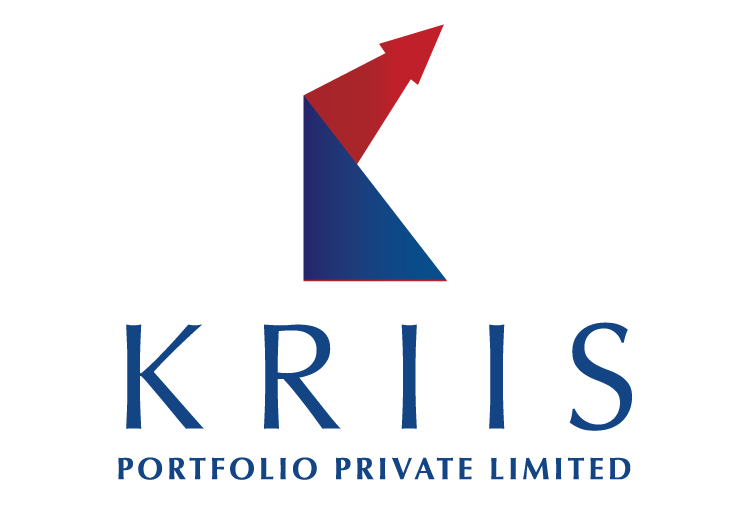The entire industry of wealth works on information we receive from the company. If the information is promising, we are bullish on the company and vice versa. The top management of the company understands this. They do everything they can to make every story look positive, irrespective of the ground reality. This is because:
– Their variable pay (as high as 70% of CTC) is linked to the stock price
– They own a large number of shares themselves
Simply put they are invested. So, as an outsider, how does one gauge if the signals being put out by the management are good or bad? While there is no clear playbook for how this, here are some signals that we at KRIIS have identified to help refine our investment thesis:
– Too Many Press Releases & Public Appearances: If the management is continuously busy giving gyaan in public, and bolstering their own image, they are probably not focusing on running the business profitably. E.g Satyam Computers CEO Mr Ramalinga Raju had issued multiple positive press releases boasting about its financial performance and established client base. What then happened in 2008 was clear for the whole world to see.
– Repeatedly talking about EBITDA in earnings calls: EBITDA, while occasionally useful, is not a good barometer to gauge a healthy company. It is not a substitute for Net Profit. When a company just focuses on it, we tend to be a little cautious. This includes new age terms such as “Adjusted Earnings” as well
Good signs can also be identified in a similar way, using some of the below:
– Past Financial Performance: There is no better barometer to judge a company than its past performance. If a company is able to sustain existing revenue, find avenues to grow while remaining profitable, it will find a way to survive in the long run. In a world full of noise, we focus on the facts
– Interactions with stakeholders: We try and gauge how the company deals with all its stakeholders – vendors, contractors, employees, freelancers, and even the government, to understand whether this is a company people choose to do business with. Shareholder happiness cannot happen with key stakeholders being treated well
Please note that this is not an exhaustive list by any means. We at KRIIS go through dozens of more checks in due diligence before we identify where to invest your hard-earned money. This piece is written with the sole purpose educating you, to help you take better investment decisions.


